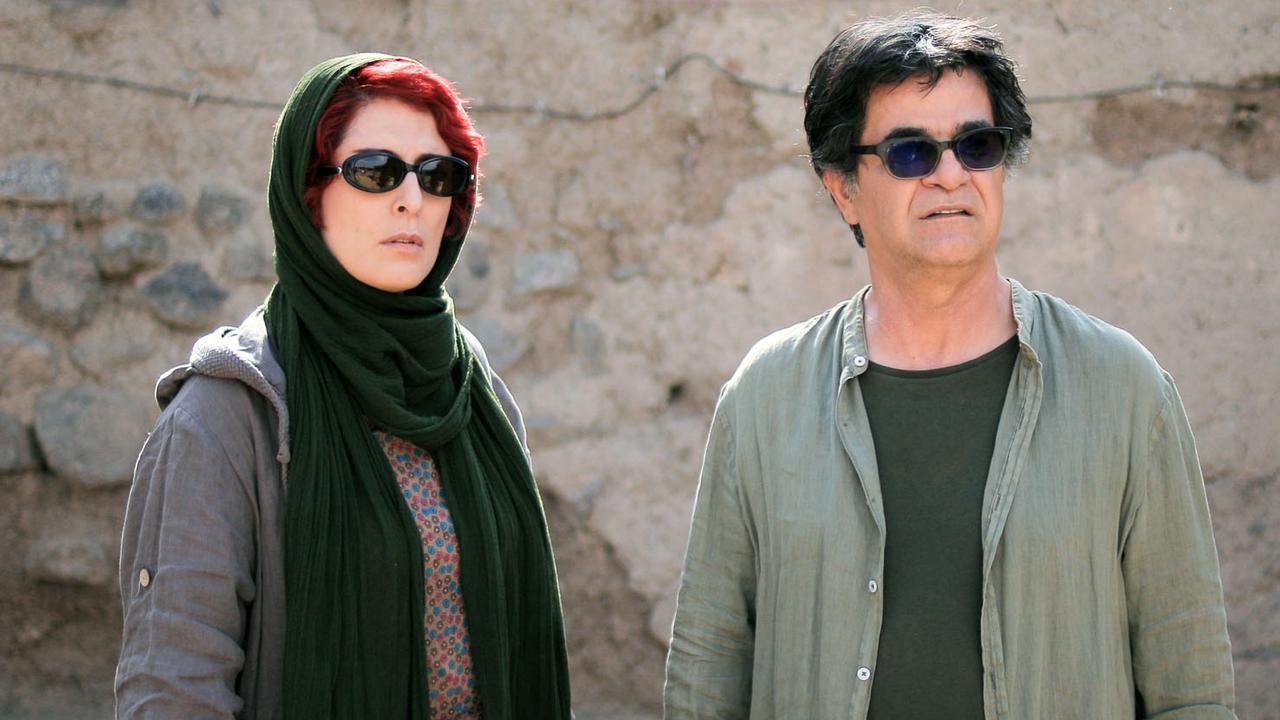Betty Churcher: Rare combination of knowledge, insight, passion
In an art world that is often rife with resentment and backbiting, Betty Churcher was one of those rare people everyone seemed to like and admire.
In an art world that is often rife with resentment and backbiting, Betty Churcher was one of those rare people everyone seemed to like and admire. She also — again, unlike many — had first-hand experience of most aspects of the practice, teaching, critical interpretation and public presentation of art. She was trained as a painter and was even for a time art critic for this newspaper (1972-75). She was dean of the school of art and design at what is now RMIT, before becoming a successful director of the Art Gallery of Western Australia, and of what was then called the Australian National Gallery (1990-97).
Churcher changed the institution’s rather distinctive and elegantly concise name to align it blandly with all the other national galleries around the world, but was otherwise a distinguished successor to James Mollison, the foundation director who had assembled the national collection in the years leading up to its opening in 1982.
She built on Mollison’s work and added many new pieces to the collection, including Arthur Streeton’s celebrated Golden Summer. Her most important and visible contribution the gallery was probably the expansion of the program of large-scale temporary exhibitions, which had begun in Mollison’s time with the famous Great Impressionist Exhibition (1984). These exhibitions not only helped to bring the local public back for regular visits but also drew large interstate audiences to Canberra. They came to be known as blockbusters and Churcher herself was perhaps inevitably nicknamed “Betty Blockbuster”.
Among the best of these big shows was Rubens and the Italian Renaissance (1992), The Age of Angkor (1992), Turner (1996) and Surrealism: Revolution by Night (1993). This last exhibition was particularly notable for the scale and ambition of its coverage, the quality of the works exhibited, and for the fact it was the product of fine Australian scholarship rather than being a ready-to-wear import. Part of its interest was also the fact surrealism was the first modernist style to have an influence on modern art in Australia while still a living movement in Europe.
After her retirement, Churcher continued to share her love of art through writing, teaching and broadcasting; indeed, she probably reached a greater audience and became better known to the Australian public in this phase of her life.
It is rare to encounter people with her combination of knowledge, insight and passion; she clearly touched many people and inspired them with a love of art, and for that she will be widely missed.



